


Winning starts with what you know
The new version 18 offers completely new possibilities for chess training and analysis: playing style analysis, search for strategic themes, access to 6 billion Lichess games, player preparation by matching Lichess games, download Chess.com games with built-in API, built-in cloud engine and much more.
In C.N. 4389 Hassan Roger Sadeghi (Lausanne, Switzerland) drew attention to the front cover of L’oeil tactique: l’entraînement à la combinaison by Emmanuel Neiman (Paris, 2003):
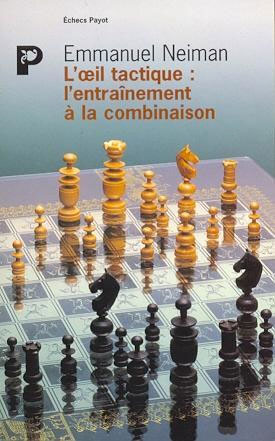
Such an oversized chess board is, of course, far less common than an incorrectly-placed one, and it would be pointless to try to record all front-cover boards and diagrams with a dark square at h1. However, C.N. 4655 referred to Smart Chip from St Petersburg by Genna Sosonko (Alkmaar, 2006), which had a horizontally-reversed photograph of Tal and Spassky:

Sometimes it is the title that goes awry (e.g. with simple opening moves), as in a case discussed in C.N. 1963:
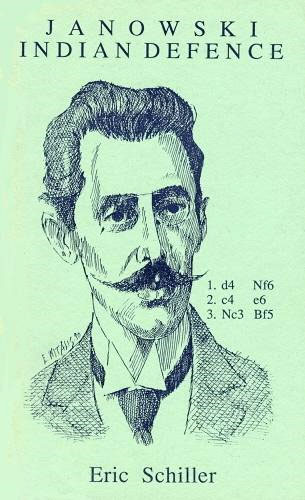
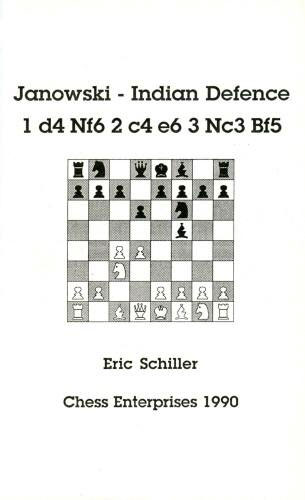
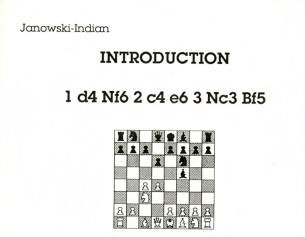
C.N. 1054 reported on the same individual’s 1985 book Grüenfeld Defense Russian Variations, also published by Chess Enterprises, Coraopolis:
‘Grüenfeld is the novel spelling on the front cover. The back cover and spine prefer Gruenfeld. The Preface gives Grünfeld. The bibliography has Bruenfeld.’
That C.N. item noted too the book’s dedication by Eric Schiller:

At least Harry Golombek’s name was spelt correctly. C.N. 2397 commented that in 1997 Batsford had reissued his book on Réti, putting ‘Golmbek’ on the frnt cver.

John Nunn provided an account of the matter on page 283 of his book Grandmaster Chess Move by Move (London, 2005):
‘David Cummings proudly gave me a copy of a book I had edited, Richard Réti’s Best Games (by Harry Golombek), which had just arrived from the printer. I pointed out that they had spelt the author’s name “Harry Golmbek” on the front cover. David Cummings, who did not come from a publishing background, had assumed that if you hand a cover designer a disc containing the cover text, it will come out correctly. Needless to say, the books went out with “Golmbek” on the cover.’
As mentioned in C.N. 2703, there was also a misspelling (‘Golembek’) on the dust-jacket of the first US edition of Capablanca’s Hundred Best Games of Chess in 1947. C.N. 3226 noted that the second edition of The Game of Chess by Harry Golombek (Harmondsworth, 1963) referred on its back cover to ‘Dr Golombek’.
With regard to the above Batsford mishap, C.N. 2397 added:
‘The company re-offended in 1999, with a book on the Two Knights’ Defence which named one of the two authors as Beliavksky.’
A follow-up item appeared in C.N. 2419:
‘Gerard O’Reilly (Oxford, England) refers to volume one in the Pergamon Comprehensive Chess Endings series (on bishop endings and knight endings). On the front cover, back cover and spine (although not on the title page) Chekhover’s name is written “Checkover”. The latter spelling, our correspondent observes, “invites a poor pun on how the publisher could easily have avoided the error”.’
Another case regarding the author’s name is the title page of Gran Ajedrez:

Sometimes a publisher offers variety. International Chess Congress, London 1922 edited by David Regis (Aylesbeare, 2006) had E.R. Tinsley on the front cover, E.H. Tinsley on the title page and (accuracy at last) E.S. Tinsley in the Foreword.
A player’s name in the title may go wrong:
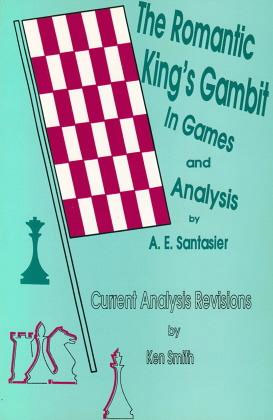
Santasier instead of Santasiere

Trompovsky instead of Trompowsky
Addendum: on 22 March 2009 Anthony Wood (London) mentioned to us that the spelling ‘Trompovsky’ was deliberate on the part of Julian Hodgson, who wrote on page 8:
‘... the opening was actually named after Octavio Siqueiro Trompowsky, one time Brazilian Champion, who popularised it in the 1930s and 1940s. For simplicity’s sake I have renamed the opening itself phonetically Trompovsky ...’ (C.N. 6045)
Here is the cover of a book published in Hungary in 2008:

Faulty titles in English and French
It is even known for a publisher to misspell its own name. As mentioned on page 288 of Kings, Commoners and Knaves, the following appeared on the title page of the 1973 edition of a Capablanca book, Lecciones elementales de ajedrez, published by Ricardo Aguilera:

Many books from India are devoid of effort. In C.N. 5658 Tony French (Worthing, England) referred to a volume published by Pankaj Books which named Philip Robar as its author, Important End Games in Chess (Delhi, 2002):
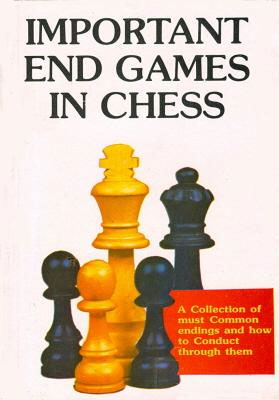
As shown above, on the front cover the book commended itself thus:
‘A Collection of must Common endings and how to Conduct through them.’
The above specimens have, alas, barely scratched the surface regarding the merchandise which some publishers invite the public to buy, and a later article will examine another aspect: the irrational praise which book covers sometimes bestow upon their authors. The gruesome subject of blurbs and hype will, for example, expand upon our reference in C.N. 2377 to ‘the self-glorification in which Cardoza Publishing has recently allowed its chess writers to indulge – dregs pretending to be cream’.
Submit information or suggestions on chess explorations
 Edward
Winter is the editor of Chess
Notes, which was founded in January 1982 as "a forum for aficionados
to discuss all matters relating to the Royal Pastime". Since then over
6,000 items have been published, and the series has resulted in four books by
Winter: Chess
Explorations (1996), Kings,
Commoners and Knaves (1999), A
Chess Omnibus (2003) and Chess
Facts and Fables (2006). He is also the author of a monograph
on Capablanca (1989).
Edward
Winter is the editor of Chess
Notes, which was founded in January 1982 as "a forum for aficionados
to discuss all matters relating to the Royal Pastime". Since then over
6,000 items have been published, and the series has resulted in four books by
Winter: Chess
Explorations (1996), Kings,
Commoners and Knaves (1999), A
Chess Omnibus (2003) and Chess
Facts and Fables (2006). He is also the author of a monograph
on Capablanca (1989).
Chess Notes is well known for its historical research, and anyone browsing in its archives will find a wealth of unknown games, accounts of historical mysteries, quotes and quips, and other material of every kind imaginable. Correspondents from around the world contribute items, and they include not only "ordinary readers" but also some eminent historians – and, indeed, some eminent masters. Chess Notes is located at the Chess History Center. Signed copies of Edward Winter's publications are currently available.